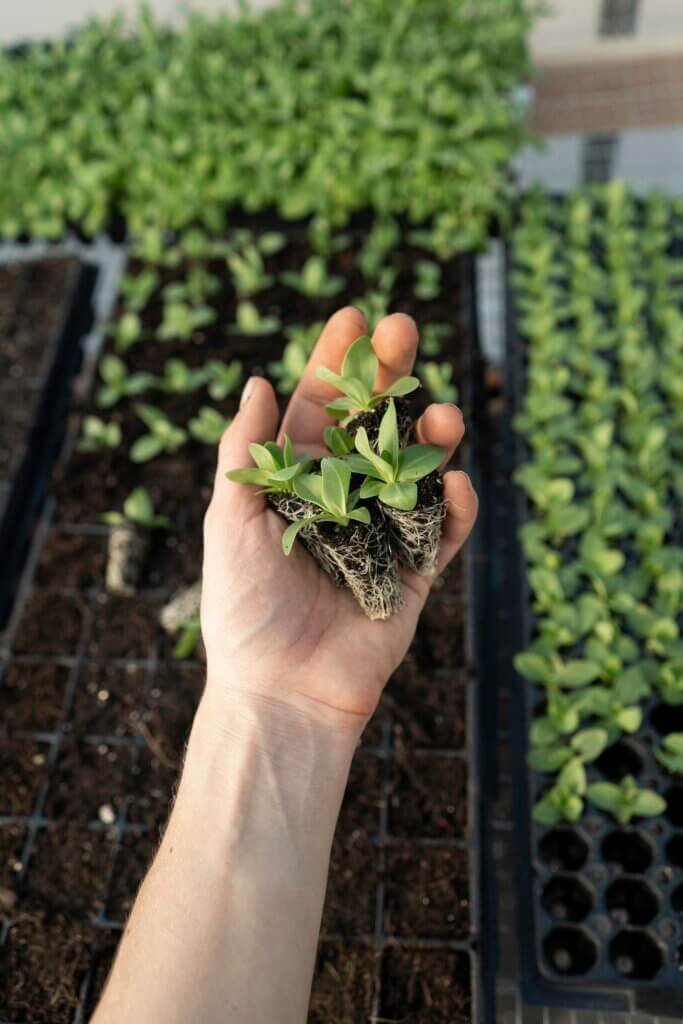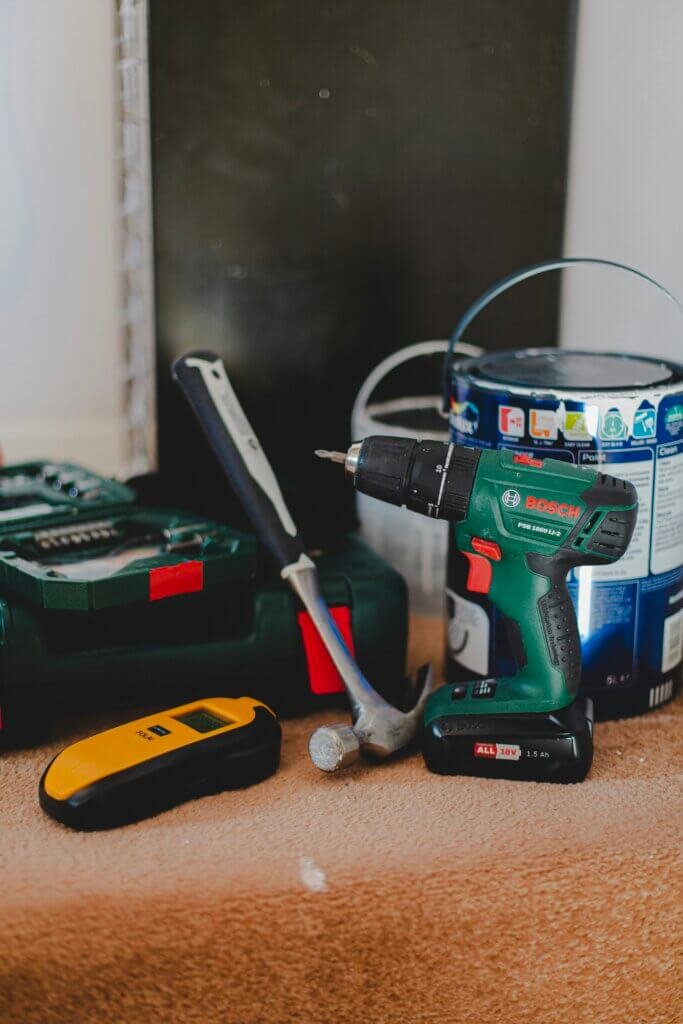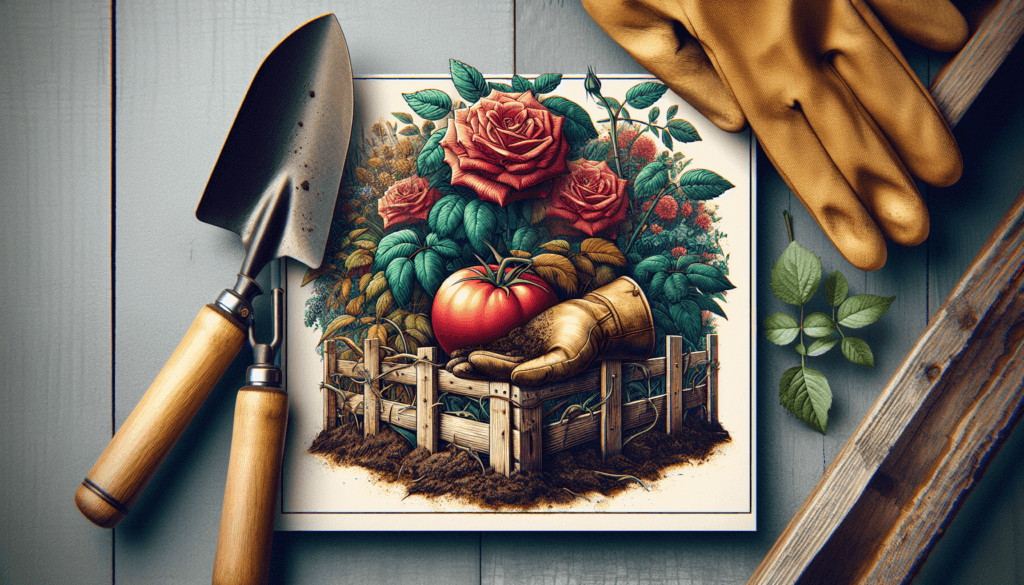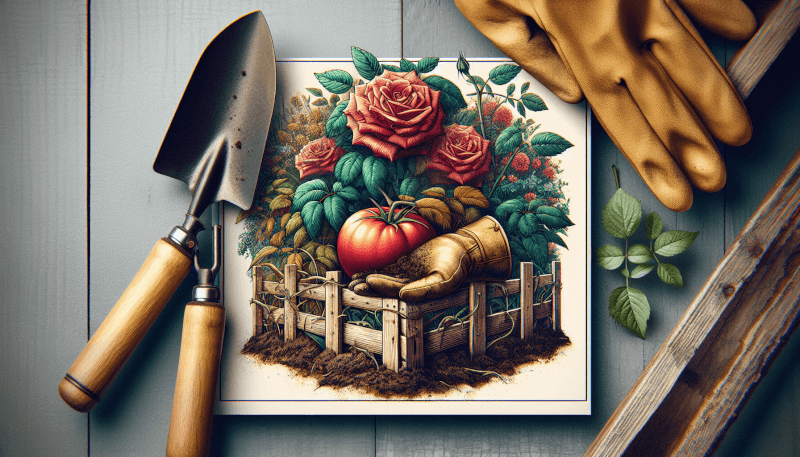Are you ready to roll up your sleeves and tackle some garden DIY projects? Whether you’re a seasoned gardener or a beginner, these essential tips will help you achieve successful results in your garden. From choosing the right tools and materials to planning and executing your projects with finesse, this article will guide you through the process. Get ready to transform your outdoor space into a flourishing paradise with these invaluable tips for garden DIY projects.
Choosing the Right Project
When embarking on a garden DIY project, it’s important to choose one that aligns well with your skill level. Assess your gardening experience and capabilities honestly. If you’re a beginner, opt for simpler projects that require minimal expertise, such as building a raised bed or planting a small vegetable patch. On the other hand, if you have more advanced skills, you might consider tackling more complex projects like constructing a pergola or designing a intricate flower bed. By choosing a project that matches your skill level, you’ll ensure a smoother and more enjoyable experience.
Another crucial factor to consider is the available space in your garden. Assess the size and layout of your outdoor area and determine how much space you can allocate for your project. This will help you determine what type of project is feasible within your garden’s limitations. If you have a small or limited space, you might need to consider vertical gardening or container gardening to maximize the area. Alternatively, if you have a larger garden, you can explore options like building a stone patio or a pond. Remember, choosing a project that fits well within your available space will not only make it more manageable but also enhance the overall aesthetics of your garden.
Researching different project ideas is a crucial step in selecting the right undertaking for your garden. Browse through online resources, gardening books, and magazines to gain inspiration and ideas. Take note of projects that catch your attention and align with your preferences. Consider factors such as the time commitment, required maintenance, and the overall effect on your garden’s appearance. It’s essential to choose a project that excites you and aligns with your personal taste and style. This will make the entire process more enjoyable and rewarding.
Preparing the Garden
Preparing the garden is a vital step before diving into any DIY project. Clearing the area is the first task at hand. Remove any debris, rocks, or weeds that may hinder your project’s progress or affect the plants’ growth. It’s crucial to have a clean and clear space to work with. Once debris and weeds are cleared, assess the soil quality. Fertile soil creates a healthy environment for your plants to thrive. Test the soil’s pH levels and ensure it provides adequate nutrients necessary for plant growth. If needed, add organic matter such as compost or manure to improve the soil’s quality.
Measuring and marking the space is essential to ensure accurate placement of elements within your garden. Measure the dimensions of the area you plan to work on, taking into account any existing structures or plants that will remain. Use stakes or spray paint to mark the boundaries or key positions within the garden. This will help you visualize the layout and ensure accurate execution of your project.

Gathering Materials and Tools
Before starting your garden project, make a list of all the required materials. Consider the specific needs of your chosen project and ensure you have everything in place to avoid delays. Items such as lumber, stones, plants, and fertilizers might be necessary depending on your project. Writing a detailed list will help you stay organized and ensure you don’t forget any essential items.
Once you have your list, it’s time to research where to purchase the materials. Look for local nurseries, home improvement stores, or online retailers that offer the items you need. Compare prices, quality, and availability before making any purchases. Consider factors such as the distance from your location, delivery options, and return policies. It’s advisable to visit the store or nursery in person, if possible, to inspect the materials and ensure they meet your standards.
In addition to materials, gather the necessary tools for your project. Basic garden tools such as shovels, rakes, and pruners are must-haves for any DIY gardener. Depending on your project, you may require specialized tools like a power drill, a wheelbarrow, or a tiller. Check your tool inventory and determine if any additional tools are needed. Borrow tools from friends or family if you don’t already have them, or consider renting them for the duration of your project. Having the right tools on hand will make the process smoother and more efficient.
Creating a Budget
Creating a budget for your garden project is essential to avoid overspending and ensure you stay within your financial means. Start by estimating the overall cost of your project. Consider the materials, tools, and any professional help that may be required. Research the prices of the items on your list to get an accurate estimate. Make sure to consider any additional expenses such as gardening accessories, soil amendments, or delivery charges.
Breaking down the expenses is the next step in creating a budget. Categorize your expenses into different sections such as materials, tools, and professional services. Assign an estimated cost to each category based on your research. This will give you a clearer picture of where your money will be allocated.
While creating your budget, look for cost-saving alternatives. Consider purchasing materials in bulk or during sales to take advantage of discounts. Explore options for recycling or repurposing materials that you may already have. Additionally, consider DIY alternatives for certain tasks that you can handle yourself instead of hiring professionals. By finding ways to save money without compromising on quality, you can create a budget that works for you and your garden project.

Designing the Layout
Designing the layout of your garden project is where your creativity truly shines. Start by considering the overall style and theme you want to achieve. Do you prefer a rustic, cottage-style garden, or a modern, minimalist design? Browse through magazines or online inspiration boards to get ideas and inspiration for different garden styles. Make sure the style and theme you choose align with your personal taste and preferences.
When designing the layout, it’s important to take into account the natural elements present in your garden. Observe the sun exposure, wind patterns, and any existing trees or structures that may affect the overall layout. Consider how these elements will impact the growth and maintenance of your plants. For example, if you have a shady corner, choose plants that thrive in low-light conditions. Understanding the natural elements will help you make informed decisions about plant placement and other design elements.
Create a rough sketch of the layout to visualize how everything will come together. Include the placement of plants, paths, seating areas, and any other elements you want to incorporate. This will serve as a blueprint for your project and guide you throughout the implementation phase. Be open to making changes as you progress, as sometimes adjustments need to be made to accommodate unforeseen factors.
Starting the Project
Starting the project is an exciting phase where your plans start to come to life. Begin with the necessary groundwork based on your project requirements. This could include tasks like clearing more space, leveling the ground, or laying a foundation for structures. Ensure that all preliminary work is completed accurately and to the required specifications.
If you’re following instructions or plans for your project, make sure to read them carefully before proceeding. Pay attention to any specific measurements, techniques, or safety precautions. Following instructions diligently will ensure that the end result matches your vision and is structurally sound.
Remember to take breaks and pace yourself throughout the project. DIY projects can be physically demanding, so it’s important to listen to your body and avoid overexertion. Stay hydrated, wear appropriate protective gear, and take regular breaks to rest and recharge. By working at a comfortable pace, you’ll not only avoid burnout but also maintain a high level of craftsmanship.

Plant Selection and Care
Choosing the right plants is crucial for the success of your garden project. Start by selecting plants that are suitable for your region’s climate and growing conditions. Research the specific requirements of each plant, including sunlight, soil type, and watering needs. This will ensure that you choose plants that have the best chance of thriving in your garden.
Consider the maintenance and care requirements of the plants you select. Some plants may be more demanding in terms of pruning, fertilizing, or pest control. Assess your willingness and capacity to provide the necessary care for each plant. If you’re new to gardening, opt for low-maintenance varieties that are more forgiving and require less intervention.
Provide proper nutrition and watering for your plants. Ensure that the soil is well-draining and enriched with organic matter. Water your plants according to their specific needs and monitor the soil moisture levels regularly. Fertilize as needed, using a suitable fertilizer for each type of plant. By providing the optimal growing conditions for your plants, you’ll encourage healthy growth and vibrant blooms.
Adding Decorative Elements
Incorporating decorative elements into your garden project adds an extra touch of personality and charm. Pathways and stepping stones not only serve a functional purpose but also bring visual interest to your garden. Consider different materials such as gravel, pavers, or natural stones that match the style of your garden. Pay attention to the layout and width of the pathways to ensure easy access and a pleasant journey through your garden.
Installing garden lighting is another way to enhance the ambiance of your outdoor space. Choose lighting fixtures that complement the style of your garden. String lights, lanterns, or solar-powered path lights can create a magical atmosphere in the evenings. Ensure that the lighting is properly installed and that it highlights the key features of your garden.
Integrating artistic or unique elements into your garden adds a personal and creative touch. This could include sculptures, garden art, or repurposed items. Let your imagination run wild and choose elements that resonate with your style and preferences. However, be mindful not to overcrowd your garden with too many decorative elements. Aim for balance and cohesion to create a visually pleasing space.

Maintaining the Garden
Maintaining your garden is essential to ensure its long-term health and beauty. Regularly weed and trim plants to keep them in check and prevent the spread of pests or diseases. Set aside dedicated time each week to inspect and tend to your garden. By staying on top of maintenance tasks, you’ll avoid larger problems down the line and enjoy a well-kept garden.
Monitor your plants for signs of pests or diseases. Early detection is crucial in preventing the spread and minimizing damage. Research natural pest control methods and organic disease management techniques to maintain a healthy ecosystem in your garden. Promptly address any issues to protect your plants and preserve the overall health of your garden.
Consistency is key when it comes to watering and fertilizing your plants. Establish a watering schedule that aligns with the specific needs of each plant. Monitor the soil moisture regularly and adjust your watering accordingly. Likewise, follow a fertilization regimen that suits the requirements of your plants. By providing consistent care, you’ll ensure that your garden thrives and remains attractive throughout the seasons.
Seeking Professional Help
While DIY projects can be satisfying and rewarding, there may come a time when seeking professional help becomes necessary. Consulting with a landscape designer can provide valuable insight and expertise in planning and executing your garden project. They can offer suggestions and recommendations based on your specific goals and requirements. A professional’s experience can be particularly beneficial when dealing with complex projects or challenging landscapes.
If ongoing maintenance becomes overwhelming, hiring a gardener can provide the necessary assistance to keep your garden in top shape. A gardener can handle tasks such as pruning, fertilizing, and pest control, allowing you to enjoy your garden without the added stress. Before hiring a gardener, research the qualifications and experience of potential candidates to ensure they align with your needs and expectations.
Additionally, don’t hesitate to seek advice from experienced gardeners or join local gardening communities. Engaging with fellow garden enthusiasts can provide valuable insights, tips, and support. Sharing your gardening journey with others who have faced similar challenges or achieved successful results can be both inspiring and reassuring.
In conclusion, successful garden DIY projects require careful planning, thoughtful execution, and consistent maintenance. By considering your skill level, assessing the available space, and researching different project ideas, you can choose the right project for your garden. Preparing the garden by clearing the area, checking the soil quality, and measuring and marking the space sets the foundation for a successful project. Gathering materials and tools, creating a budget, and designing the layout ensure a smooth and efficient process. Starting the project, selecting and caring for plants, and adding decorative elements bring your garden to life. Regular maintenance, seeking professional help when necessary, and seeking advice from experienced gardeners ensure the long-term success and enjoyment of your garden. With these essential tips, you’ll be well on your way to creating a beautiful and thriving garden that you can proudly call your own.



